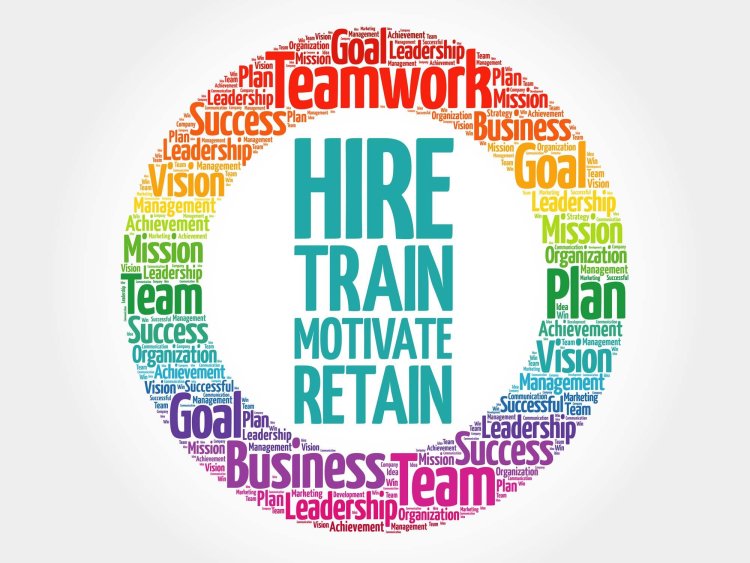Building a thriving workforce: Talent Attraction, Retention, and Development Strategies

Organizations know that their people are their most precious asset in the cutthroat economic world of today. Attracting top people, keeping personnel, and fostering the abilities and skills required for long-term success all depend on having a strong talent strategy. Building a vibrant workforce that propels innovation, expansion, and organizational resilience requires excellent talent management techniques from recruitment and training to succession planning. Let us examine various approaches to maximizing talent attraction, retention, and development inside companies.
Creating an Employer Brand that Draws Talent
Creating an employer brand that appeals to potential employees is the first step in drawing in top talent. Through social media, job fairs, and employer branding campaigns, organizations should present their culture, values, and growth prospects. Emphasizing staff endorsements, business accomplishments, and special bonuses can help set your company apart and draw applicants that share your goals and beliefs.
Recruitment: Selected Sources and the Experience of Candidates
Targeted sourcing efforts are a component of effective recruitment tactics that seek for applicants who have the necessary skills and cultural fit for the company. Using job boards, professional networks, and employee recommendations—among other traditional and digital recruitment channels—can help you reach a wide range of applicants. Enticing and keeping top talent also depends on offering a great applicant experience from the first contact until onboarding.
Maintaining an Engaged and Growing Culture
It need a positive work atmosphere where staff members feel appreciated, involved, and free to advance to keep talent. Through programs including frequent feedback and recognition, chances for skill development and career progression, and a supportive work-life balance, organizations can promote employee engagement. Developing an inclusive, open, and lifelong learning culture can lower turnover and help keep top performers.
Putting money into employee growth through training and development
Building a knowledgeable and flexible workforce ready to satisfy changing company demands requires funding employee training and development. Giving staff members access to pertinent training courses, seminars, mentoring chances, and career development tools enables them to improve their abilities, expand their knowledge, and take on new responsibilities inside the company. Organizations who make investments in employee development not only improve their talent pipeline but also increase employee happiness and retention.
Plan for Succession: Recognizing and Developing Upcoming Leaders
Identification and development of high-potential staff members to assume important leadership positions inside the company is known as succession planning. Organizations may guarantee continuity, reduce disturbance, and keep a competitive advantage by proactively detecting talent shortages and nurturing internal candidates for leadership roles. Including succession planning into general talent management plans would help to develop leadership skills and offer chances for development.
CONCLUSION
Building a strong and productive team requires a thorough talent strategy that includes recruitment, retention, training, and succession planning. Organizations can generate a competitive advantage and propel long-term expansion by concentrating on luring top people, encouraging employee involvement and progress, and anticipating future leadership needs. Putting money into talent is a commitment to releasing people' full potential and long-term organizational success as well as a strategic necessity.
What's Your Reaction?


















